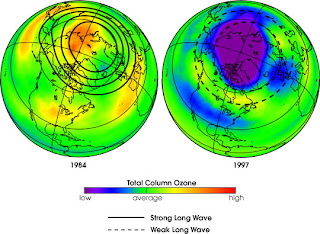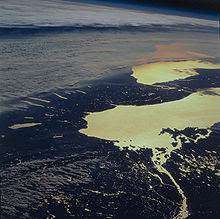žThe World Health Organization states that 2.4 million people die each year from causes directly attributable to air pollution
žStudies suggest that there are more deaths per year worldwide that are linked to air pollution than to automobile accidents.

